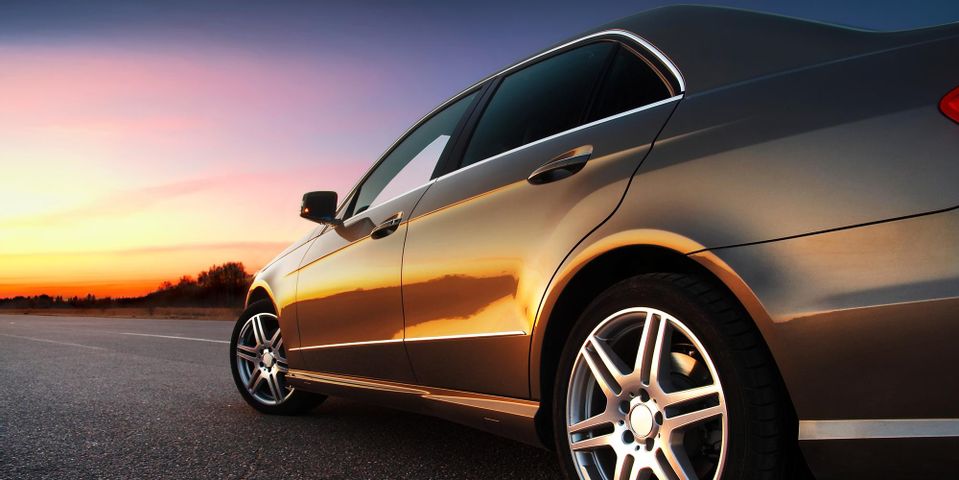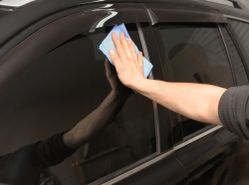
Window tinting can be performed for a variety of reasons, from limiting sun exposure to safety and security purposes, or for aesthetics. Because tinting laws vary by state, it is wise to research regulations before installation. Learn more about tinting laws in the state of Illinois in the guide below.
What is Visible Light Transmittance?
Window tinting films are measured in visible light transmission levels, also known as VLT. These levels represent the percentage of visible light that can pass through a window—the lower the percentage, the darker the window film. For instance, a 10% VLT, which only allows 10% of visible light to shine through, would be very dark, while 70% VLT allows for far more light transmittance and would appear brighter. The standard VLT set by most vehicle manufacturers is about 80%.
Illinois VLT Levels
 In the state of Illinois, legal VLT levels can vary by the window, as well as the make and model of your vehicle. For passenger vehicles, such as sedans, the standard VLT level is 35% for all four windows. Rear, side windows may have a higher VLT level, but only if the front, side windows are not tinted.
In the state of Illinois, legal VLT levels can vary by the window, as well as the make and model of your vehicle. For passenger vehicles, such as sedans, the standard VLT level is 35% for all four windows. Rear, side windows may have a higher VLT level, but only if the front, side windows are not tinted.
For trucks, SUVs, and vans, front, side windows must have a VLT of 50% or more, while back, side windows do not have VLT limits. Window tinting of any VLT is not permitted on windshields; however, non-reflective tinting may be installed on the top six inches of your vehicle.
When looking for high-quality window tinting in Illinois, contact the professionals at Bi-State Glass Coatings in Granite City, IL. For more than 30 years, this family-owned business has provided high-quality tinting services for vehicles and homes with a dedication to excellent service and superior craftsmanship. Contact them today at (618) 451-7346, or visit them online to learn more about their services.

About the Business
Have a question? Ask the experts!
Send your question

